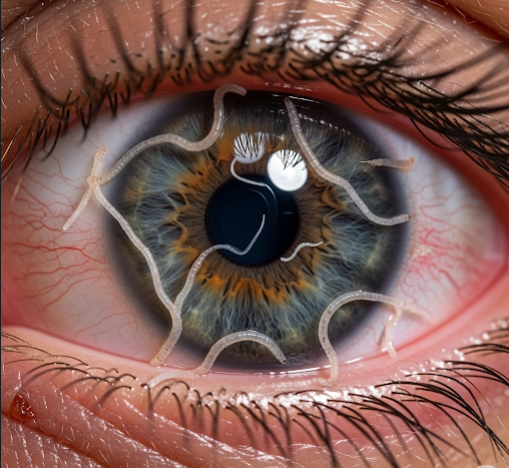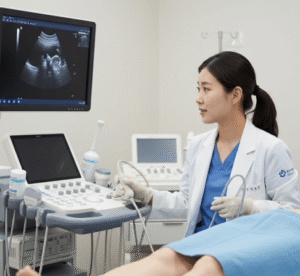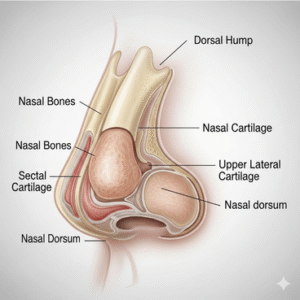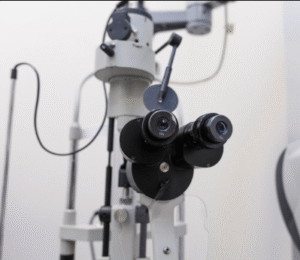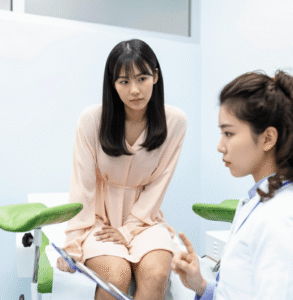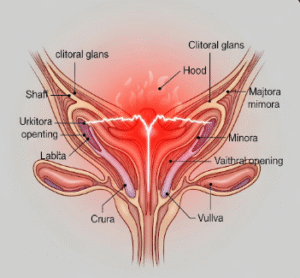Overview
Thelaziasis, commonly known as eye worm infection, is a parasitic disease caused by nematodes of the genus Thelazia. These parasites primarily infect the eyes and surrounding tissues of humans and animals, leading to irritation, discomfort, and in severe cases, vision problems. The disease is transmitted through the bite of infected flies, which act as vectors. South Korea, with its advanced ophthalmology and parasitology facilities, provides effective diagnosis, treatment, and preventive measures to manage thelaziasis and protect eye health.
What is Thelaziasis?
Thelaziasis is an ocular parasitic infection caused by Thelazia species, such as Thelazia callipaeda, also known as the oriental eye worm. Adult worms inhabit the conjunctival sac, lacrimal ducts, or under the eyelids of the host. While the disease is more common in animals such as dogs, cats, and cattle, humans can become accidental hosts. The presence of the worms triggers inflammatory responses, irritation, and excessive tear production, and if untreated, it may result in corneal damage.
Symptoms
Symptoms of thelaziasis vary depending on the number of worms and duration of infection. Common clinical manifestations include:
- Foreign body sensation in the eye
- Excessive tearing (epiphora)
- Eye redness and conjunctivitis
- Itching and irritation of the eyelids
- Swelling or inflammation of the conjunctiva
- Corneal abrasions or ulcers in severe infections
- Visual disturbances if the cornea or anterior chamber is involved
Early recognition of symptoms is critical to prevent complications and long-term eye damage.
Causes
Thelaziasis is caused by infection with nematode worms of the genus Thelazia:
- Species involved: Thelazia callipaeda, Thelazia californiensis, and Thelazia gulosa
- Transmission: Flies such as Phortica variegata act as vectors, transferring larvae to the eye when feeding on tears or ocular secretions.
- Lifecycle: Larvae develop inside the fly and mature into adults when deposited into the host’s conjunctival sac.
- Human infection: Occurs accidentally when flies carrying larvae come into contact with the human eye, usually in rural or endemic areas.
Risk Factors
Certain factors increase the likelihood of acquiring thelaziasis:
- Living or working in rural or agricultural areas with close contact with animals
- Poor sanitation and fly control measures
- Outdoor activities in endemic regions during fly active seasons
- Contact with infected animals, particularly dogs and livestock
- Lack of awareness regarding ocular hygiene and preventive measures
Complications
If untreated, thelaziasis can lead to several eye complications:
- Persistent conjunctivitis and chronic irritation
- Corneal abrasions and ulcers, potentially leading to scarring
- Secondary bacterial infections in the eye
- Visual impairment in severe or prolonged infections
- Psychological discomfort due to the presence of visible worms
- Potential spread to nearby ocular tissues causing inflammation
Prevention
Preventive measures for thelaziasis focus on reducing exposure to vector flies and maintaining eye hygiene:
- Use insect repellents and protective eyewear in endemic areas
- Maintain proper sanitation around homes and animal enclosures
- Control fly populations in rural or agricultural settings
- Avoid direct contact with the eyes and wash hands regularly
- Routine veterinary care for domestic animals to prevent them from becoming reservoirs of infection
Treatment Options in Korea
South Korea provides effective management of thelaziasis through ophthalmology and parasitology services:
1. Mechanical Removal
- Direct extraction of adult worms using fine forceps under local anesthesia
- Performed by trained ophthalmologists to avoid damage to the eye
- Immediate relief of irritation and prevention of further complications
2. Medications
- Anti-parasitic drugs such as ivermectin may be prescribed in some cases
- Topical antibiotics or anti-inflammatory eye drops to manage secondary infections and inflammation
3. Supportive Care
- Regular follow-up to ensure complete removal and healing of ocular tissues
- Eye drops or lubricants to soothe irritation
- Monitoring for recurrence, especially in patients with ongoing exposure to endemic areas
4. Cost and Hospital Care
Treatment costs in Korea vary depending on the number of worms and complexity of removal. Advanced ophthalmology centers offer specialized equipment for precise extraction and provide post-treatment care, including anti-inflammatory and antibiotic therapy. Education on prevention and vector control is also emphasized to reduce the risk of reinfection.
With timely diagnosis and proper management, patients with thelaziasis in Korea typically achieve full recovery with minimal risk of long-term visual impairment, highlighting the effectiveness of the country’s specialized ocular care services.

